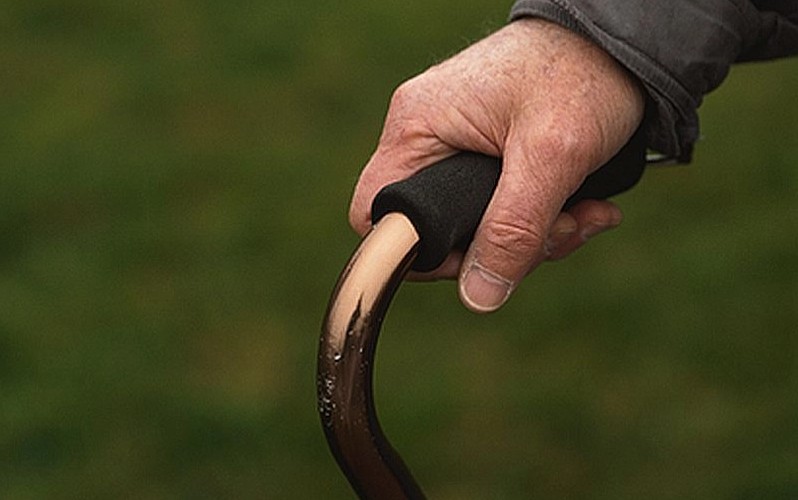Findings show association persists across fracture sites
By Lori Solomon HealthDay Reporter
WEDNESDAY, Jan. 24, 2024 (HealthDay News) — Walking limitation is significantly associated with five-year fracture risk, according to a study published online Jan. 23 in JAMA Network Open.
Dana Bliuc, Ph.D., from the Garvan Institute of Medical Research in Darlinghurst, Australia, and colleagues examined the association between a self-reported walking limitation of â¤1,000 m and five-year risk for fracture among 266,912 participants in the 45 and Up Study.
The researchers found that approximately 20 percent of participants reported a degree of limitation in walking â¤1,000 m at baseline, and during a mean follow-up of 4.1 years, 7,190 women and 4,267 men experienced an incident fracture. Both a little limitation and a lot of limitation were associated with a higher risk for fracture in both men and women compared with participants who reported no walking limitations (a little limitation among women: hazard ratio [HR], 1.32; a little limitation among men: HR, 1.46; a lot of limitation among women: HR, 1.60; a lot of limitation among men: HR, 2.03). Six in 10 fractures were attributable to walking limitations. This association was significant for hip, vertebral, and nonhip nonvertebral fracture, with risk ranging from 21 percent to more than 219 percent.
“In this study, self-reported walking limitations were common; given that they are easily detected, they should be sought by clinicians to identify high-risk candidates for further bone assessment,” the authors write.
Several authors disclosed ties to the pharmaceutical industry.
Copyright © 2024 HealthDay. All rights reserved.








